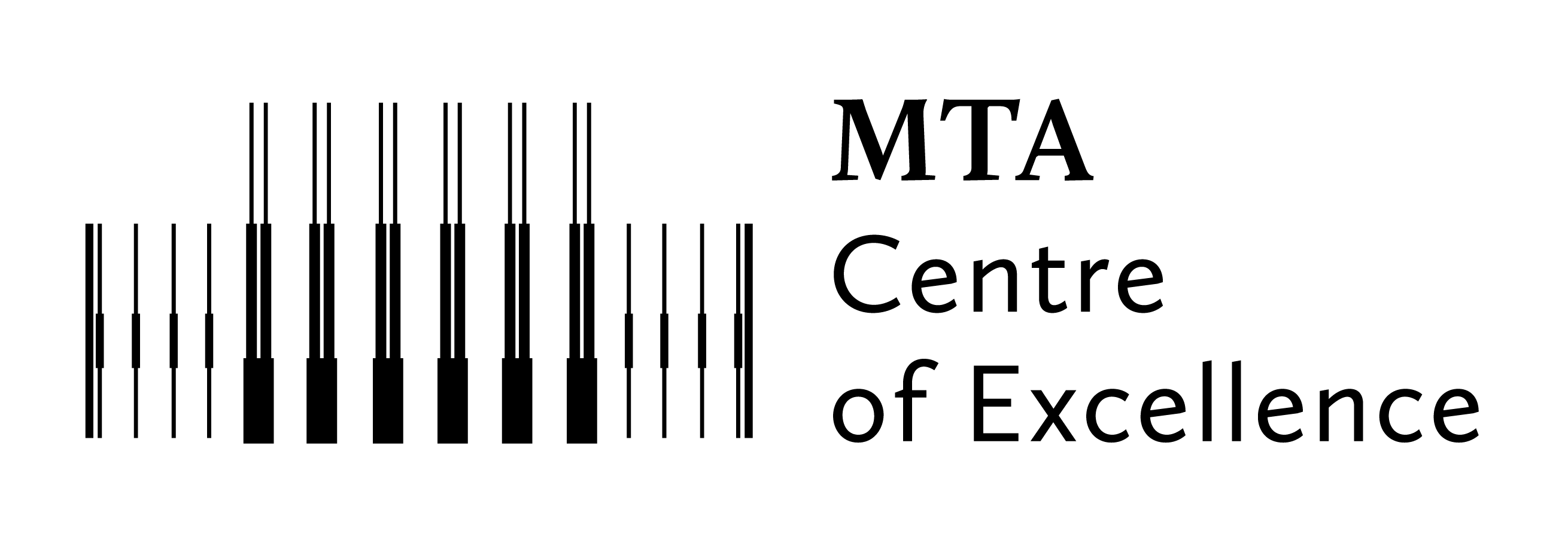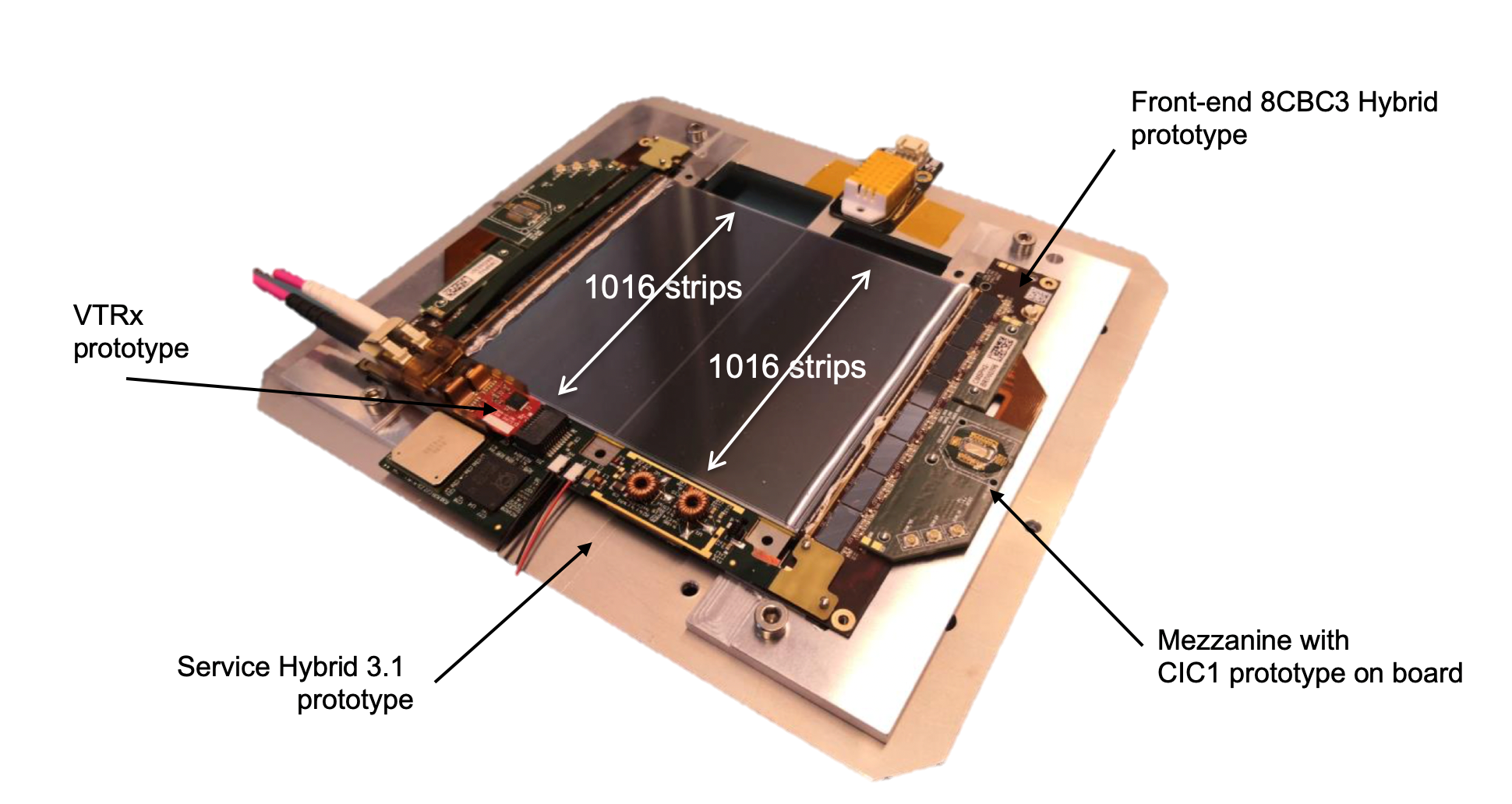2023
Physics analyses at the LHC. — The inclusive search for RPV models of supersymmetry in Run 2 proton-proton collisions at 13 TeV center of mass energy with razor variables using boosted W/Z/Higgs bosons, boosted hadronic or leptonic top quarks or boosted leptonic jets has been completed. Our contribution this year was to extend the scale factor calculations into the fast simulation samples and for the non-isolated leptons in full simulation. The leptons are defined by special object cuts tuned to select electrons and muons originating from leptonic top decays. The analysis is now under internal review by the CMS collaboration and is being prepared for publication.
The search for supersymmetry motivated by the gauge-mediated supersymmetry breaking model – in which low-mass gravitinos are assumed to be the lightest supersymmetric particles (LSP) and neutralinos are the next-to-LSPs – identified in final states with photon, b-tagged jets and missing transverse momentum has been updated for the Run 2 data and simulation that feature improved reconstruction. The results are being collated for the upcoming internal CMS review process in collaboration with the ELTE colleagues.
Detector operation and construction. — During the data collection in 2023, we have carried out performance studies of the pixel detector. High voltage bias scans were performed several times throughout the year in order to monitor the evolution of the silicon bulk due to radiation damage. Radiation damage leads to non-negligible hit detection efficiency loss, especially in layer 1 (the innermost layer) of the pixel detector (seen in Fig. 1). The tracking efficiency impacted by was being monitored throughout the year. We have updated the simulation description of the pixel detector in order to incorporate this effect, which is crucial to retain good agreement between the reconstructed simulation and collision data.

We have also studied the overall readiness of the pixel detector for the Run 3 data-taking period [2].
In the first half of 2023, we finished the preparation of the clean room: installed new air filters and all the equipment needed for the visual inspection of the CMS Phase-2 Outer Tracker hybrid electronics. We have also upgraded the large area scanner with new camera and other optical accessories and rewrote the control software to work under Linux using open source, license free code-base, making it possible to control the scanning process from C++ code and to take into account large variations in the height of the scanned samples. We have designed special sockets to hold the hybrids during the automated optical inspection (Fig. 2). The first sets of the different hybrid electronics (~25 / each type) were produced, tested, and assembled into detector modules in the second half of 2023. The experiences collected during the work with these hybrids suggested that some small modifications in the designs and improvement in the production scheme were still necessary before the mass production of the ~50.000 parts in 2024. They also showed that the testing procedure and the acceptance criteria of the hybrids have to be reviewed and optimized [3].

Superconducting magnet development. — The "SuShi" (Superconducting Shield) septum magnet has been successfully tested at the FREIA facility of the Uppsala Unviersity, Sweden (Fig. 3) [4]. This was the first canted cosine theta-type magnet that was fully impregnated with paraffin wax in a single process. The magnet reached nominal current without training, and did not quench during the entire testing period.
The group completed the design of the combined-function NbTi canted cosine theta prototype magnet of the I.FAST European project. The group engaged in the development of the HTS (high-temperature superconductor) canted cosine theta magnet prototype of the I.FAST project, and developed the basic techniques to manufacture this novel magnet and the necessary infrastructure.
In collaboration with the University of Miskolc, the manufacturing technique of a multilayer NbTi/Cu sheet (eliminating the interleaving Nb diffusion barrier layers) was developed. Preliminary measurements indicate critical current densities similar to earlier products.

References:
[1] http://cds.cern.ch/record/2865842?ln=en
[2] DOI: https://doi.org/10.22323/1.420.0008
[3] DOI: https://doi.org/10.5281/zenodo.8346835
[4] DOI: https://doi.org/10.1109/TASC.2024.3354223















